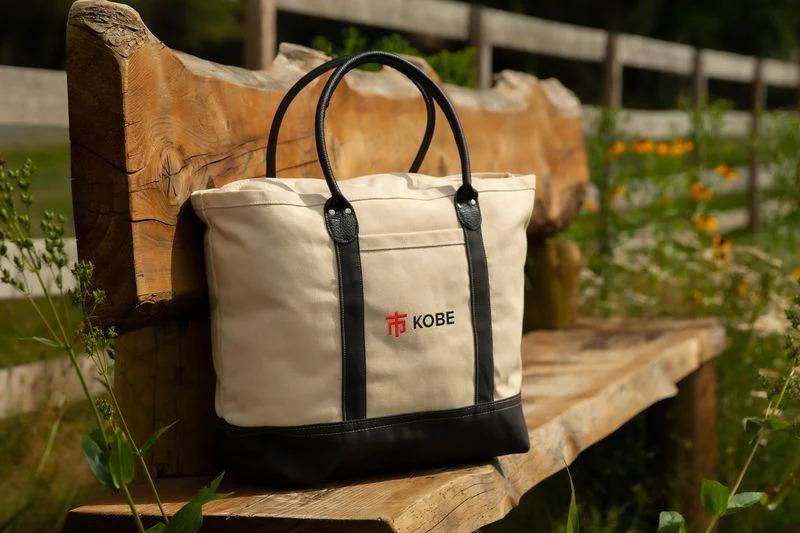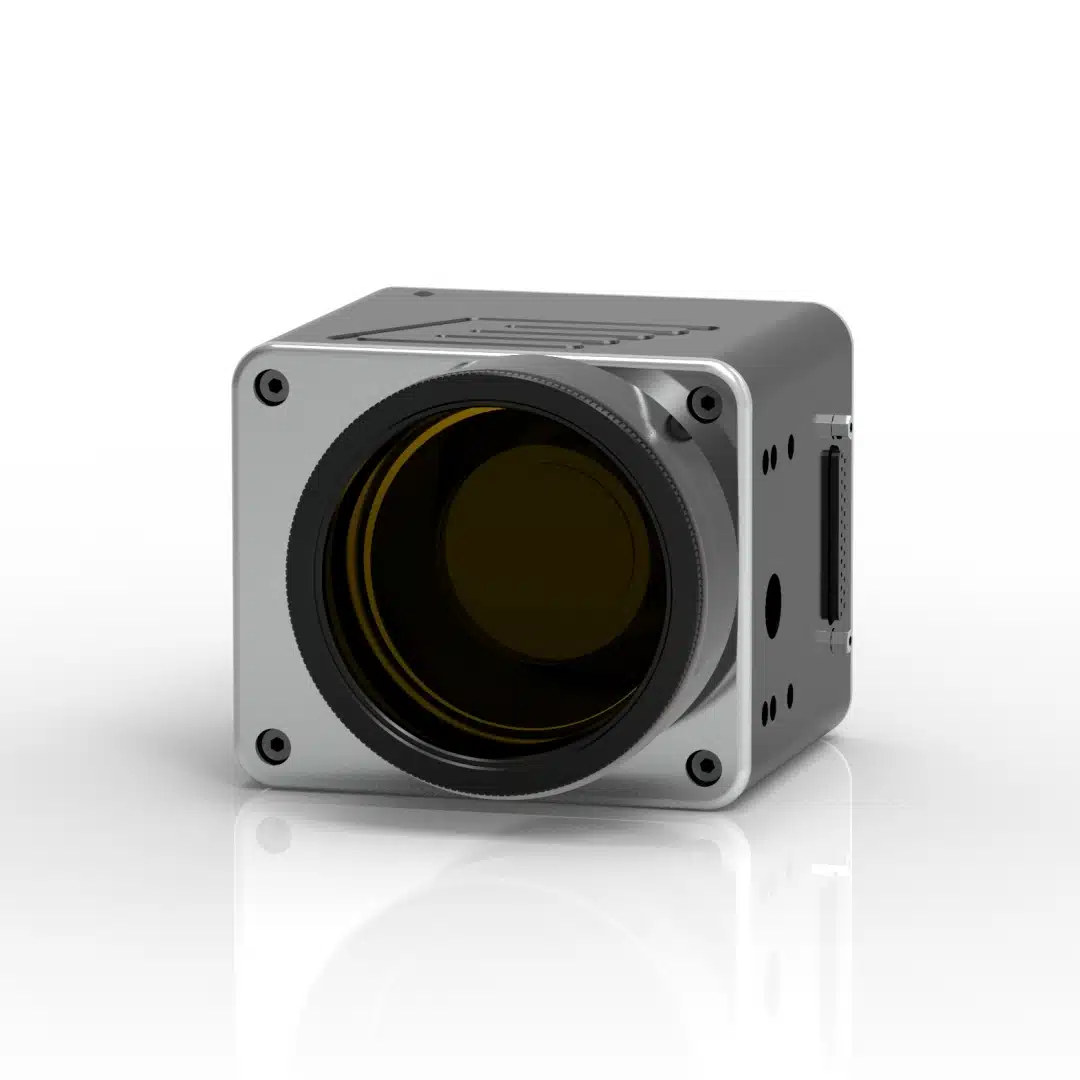The Science Behind a Perfectly Built Sub Box

A powerful subwoofer is only as good as the enclosure it sits in. Many car audio enthusiasts invest in premium subs, amplifiers, and wiring but underestimate the role of the sub box. The truth is, a perfectly built sub box is what allows your subwoofer to reach its full potential. It’s not just about holding the sub in place—it’s about controlling air movement, resonance, and frequency response for accurate, powerful bass.
In this article, we’ll break down the science behind a perfectly built sub box and why it matters just as much as the subwoofer itself.
Why the Sub Box Matters
A subwoofer produces sound by moving air. Without an enclosure, the sound waves from the front and back of the speaker cone can cancel each other out, resulting in weak, flat bass. The sub box solves this by containing and directing that air movement, shaping how your music sounds inside the vehicle.
The design of the box—its volume, material, and whether it’s sealed or ported—has a direct impact on performance. Even high-performance models like the Solo 300 Pride need the right enclosure to deliver tight, clean, and powerful bass.
Sealed vs. Ported Boxes
There are two main types of subwoofer enclosures, each with its own benefits:
1. Sealed Enclosures
-
Airtight design for accurate, tight bass.
-
Ideal for smaller spaces and for those who prefer precision over volume.
-
Often recommended for genres like jazz, classical, or acoustic music.
2. Ported Enclosures
-
Feature a vent or “port” that boosts efficiency.
-
Deliver louder bass with deeper extension, great for hip-hop, EDM, and bass-heavy tracks.
-
Require precise tuning of port size and length for optimal performance.
Choosing between the two depends on your listening preferences and your vehicle’s acoustics.
Box Volume and Dimensions
The internal volume of the sub box is one of the most critical factors. Every subwoofer is designed with specific air volume requirements, which manufacturers typically list in the specifications. If the box is too small, the sub will sound tight but lose depth. If it’s too large, it can sound sloppy or distort.
For competition-grade subs like the Solo 300 Pride, exact measurements make all the difference. Following manufacturer recommendations or working with a custom builder ensures your box matches the sub’s design perfectly.
Materials and Build Quality
The material used in building a sub box affects both durability and sound.
-
MDF (Medium-Density Fiberboard): The most common choice, providing strength and density to reduce vibrations.
-
Birch Plywood: Lighter and stronger than MDF, often used in high-end or competition builds.
-
Fiberglass or Custom Blends: Allow for unique shapes and space-saving designs but require more expertise to build correctly.
A perfectly built sub box also needs airtight seals, strong joints, and proper bracing to prevent unwanted resonance or air leaks.
The Role of Tuning
For ported enclosures, tuning is everything. The port size, length, and placement affect the frequency range and efficiency of the subwoofer. A properly tuned port ensures the subwoofer hits hard at the frequencies you enjoy most, without distortion. Professional builders often use modeling software to simulate how the enclosure will perform before cutting materials.
Vehicle Acoustics and Placement
Even the best box won’t perform well if placed poorly in your car. Placement affects how sound waves interact with the cabin. For example, placing the box against the back seat may sound different from positioning it in the trunk facing upward. Testing multiple positions helps you find the sweet spot for maximum output and clarity.
Why Custom Boxes Outperform Generic Ones
Generic, store-bought enclosures may seem convenient, but they rarely match your subwoofer’s exact needs. Custom-built enclosures, on the other hand, take into account your sub’s specifications, your vehicle’s acoustics, and your personal sound preferences. That’s why serious enthusiasts and competitors always opt for custom designs to unlock the full potential of their systems.
Final Thoughts
Building the perfect sub box is a blend of science, math, and craftsmanship. From choosing between sealed or ported designs to fine-tuning the dimensions and materials, every detail shapes the final sound. For high-performance gear like the Solo 300 Pride, a carefully designed enclosure is the difference between average bass and a breathtaking audio experience.






